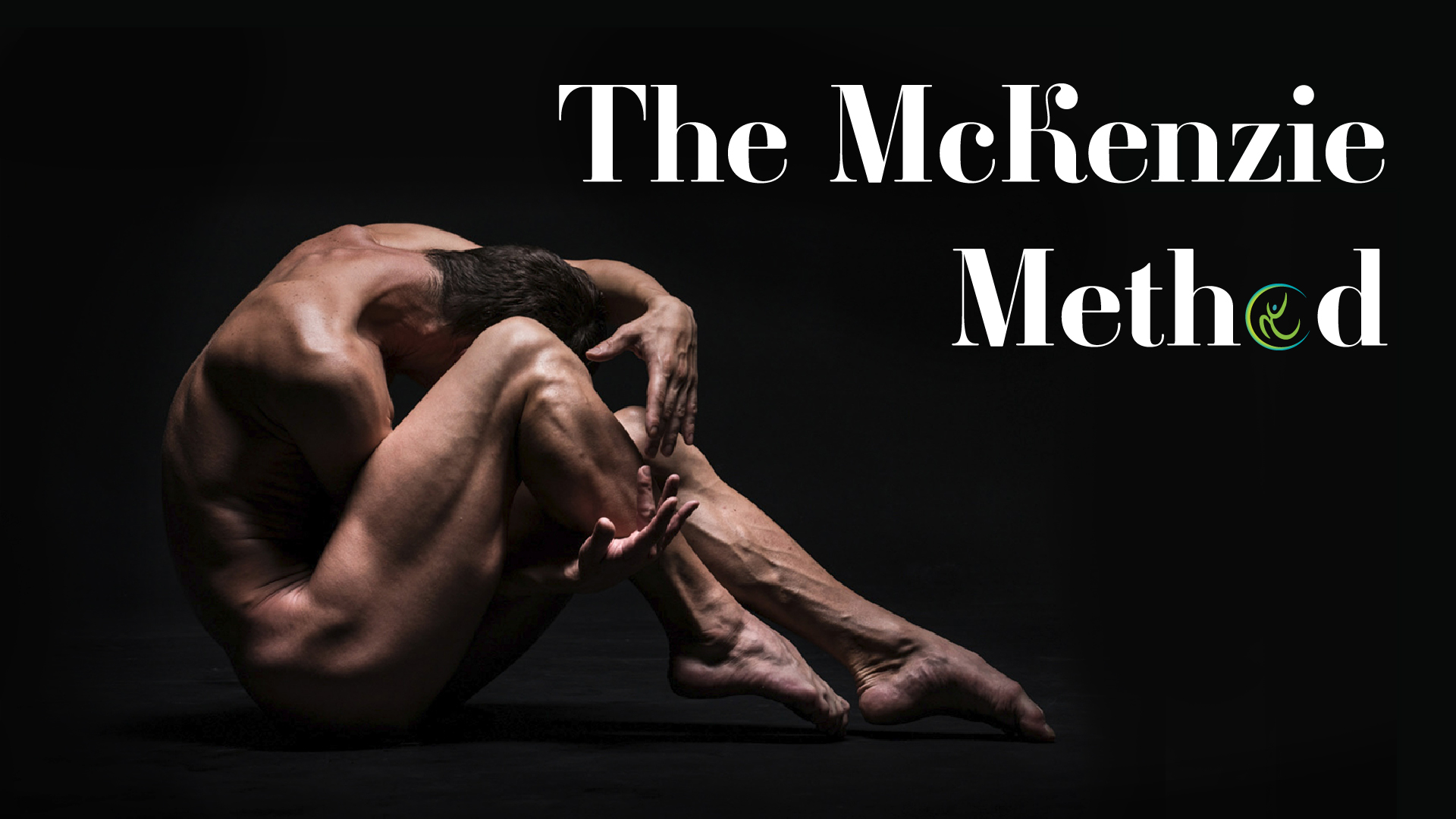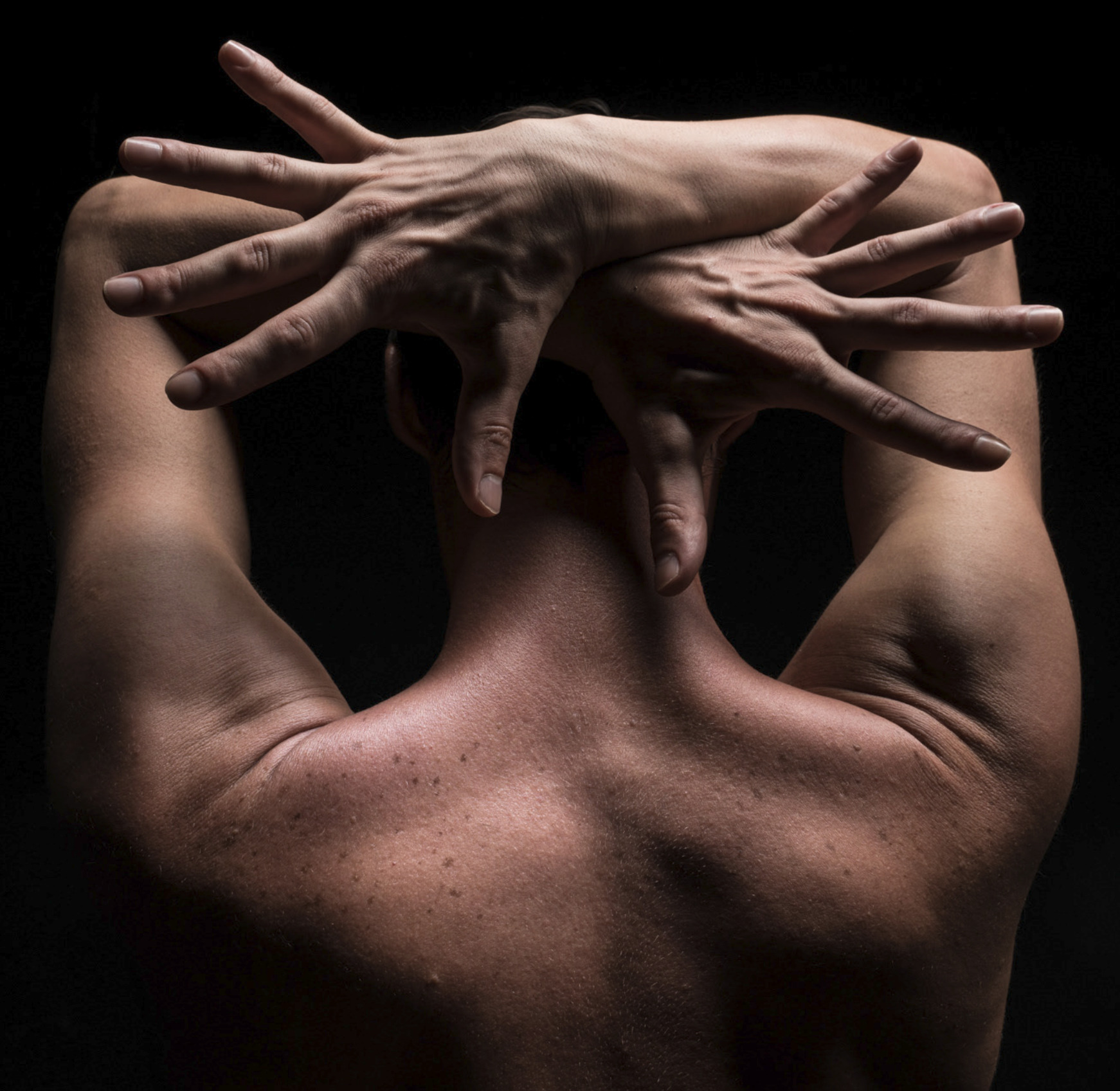Have you ever woken up and not been able to move your neck left or right?
Have you ever experienced pain in your neck, back, or shoulder after sitting at work for 8 hours?
Have you ever suffered from pain and been unable to find the reason, or gotten out of a car not been able to straighten your back quickly?
We have all experienced at least one of these situations and there are tons of other sorts of pains and movement limitations we face in our daily life. Sometimes the pain happens after a traumatic injury. Or you might experience a headache after a long sleep. Pain is always irritating and unpleasant. Even pain that is not a condition, like a tingling sensation in your fingers, or having a stiff neck all day can be very annoying.
As an example, according to the World Health Organization, the lifetime prevalence of non-specific low back pain is estimated at 60% to 70% in industrial countries; and as stated by Statics Canada, four out of five Canadian adults will experience at least one episode of back pain at some time in their lives.
Physiotherapists have been searching for accurate classification of different pains and musculoskeletal disorders for decades to find out the most adequate treatment. McKenzie (or mechanical therapists) have provided an established base to understand these impairments by researching thousands of patients around the world over the years. The paragraph below is a brief explanation of this method.
McKenzie Method of MDT is an internationally researched and evidence-based system of assessment and management of different spinal and extremities pain and disorders developed by New Zealand Physiotherapist Robin McKenzie (1931-2013) in the late 1950s. This method subgroups disorders by the clinical presentation of symptoms and has been being used for musculoskeletal disorders such as lower back, neck, and extremities (i.e., shoulder, hip, wrist, etc.) pain as well as sciatica and other radicular symptoms( i.e. numbness and tingling in hands and feet).
In order to understand the subject, here is a brief clarification of pain
mechanisms.
Based on the International Association for the study of Pain (IASP), Pain is “an unpleasant sensory and emotional experience associated with, or resembling that associated with, actual or potential tissue damage”.
Simply put, actual or even potential damages in different tissues of the body can stimulate one or multiple nerves that are comprehended by our brain as an unpleasant feeling and experience.
“ Any tissue which contains the free nerve endings involved in nociception is capable of being a source of pain” (1). Nociception is a term used to describe the ability of the central nervous system to comprehend the message coming from nerve endings called nociceptors as a result of getting provoked by noxious stimulation. There are three mechanisms that can activate the pain related nerves: Chemical, Mechanical and thermal. Here in this article, we will talk about the mechanical and chemical processes.
In normal circumstances, the system of those pain-related nerves is inactive” but as the stimulus crosses the threshold into the noxious range, the nociceptive process is triggered. This may be due to the application of mechanical forces that sufficiently stress, deform or damage tissues as would occur with pressure, distraction, abrasion, contusion or laceration-that is considered mechanical. The nerve endings may also be activated by their exposure to certain chemical substances present in the surrounding tissue fluid following their release from a traumatized tissue-chemical mechanism. (1)
How does The McKenzie Method of MDT help clinicians and patients?
“Must musculoskeletal pain is “mechanical” in origin, which means it is not due to a serious pathology like cancer or infection, but a result of abnormal or unusual forces, or mechanics occurring in the tissue. Furthermore, it means that a position, movement, or activity caused the pain to start. If a mechanical force caused the problem then it is logical that a mechanical force may be part of the solution.
The MDT system is designed to identify the mechanical problem and develop a plan to correct or improve the mechanics and thus decrease or eliminate the pain and functional problems. In the simplest and most common instance, this may mean that moving in one direction may provoke and worsen the pain, and moving in the opposite direction may eliminate the pain and restore function. This is known as Directional Preference. Other patients may have pain just at the end of a movement or with certain functional movements like throwing or stair climbing. The McKenzie assessment explores these different positions and movements, how the patient performs them, and the response to these movements. Interpreting this information, the clinician determines which of the movements and posture becomes the treatment as well as the necessary exercise dosage.” (2)
What do we do as a physical-mechanical therapist?
In this method, we try to find the activities, habits, and traumas, which caused pain or movement limitation, directly or indirectly.
A practitioner will begin by discussing in detail the activities including job, hobbies, and certain functional movements as well as psychosocial factors that a patient does daily.
Then we proceed to search for the pain and obstruction in different movements of the spine and peripheral joints, in order to find out which of them increase or decrease the current symptoms.
As I mentioned before, any tissue with pain-related nerve endings could be a source of pain. So there are several possible sources of pain. The McKenzie Method enables us to narrow them down to uncover the actual reason for pain and guides us to a clear diagnosis. After finding the origin of pain, we will be able to choose the best treatment option.
Why does the McKenzie Method stand out for all musculoskeletal pains?
– It provides a systematic, evidence-based understanding of patients’ symptoms that can result in a precise and specific diagnosis.
– It guides the clinician to determine the most appropriate and effective treatment plan.
– This method helps the patient to understand their symptoms and provides them with knowledge of how to self-treat or prevent recurrences.
– The approach helps to reveal if a patient should seek other tests or treatment options.
-When used correctly the method can often lead to rapid recovery of function and range of motion we need in our daily activities, work, or sport.
Nowadays, there are lots of exercises available on social media for specific conditions; but the truth is, not every exercise is suitable for everyone. Your neck pain is not necessarily similar to mine. The mechanical stresses in one painful joint could be totally different in someone else with the exact same pain. So one simple exercise that improves the movement in someone’s shoulder, could be ineffective in someone else or even worsen their present condition.
The McKenzie Method of MDT gives us the power to understand the mechanics of the impaired movement or a painful joint. It leads us to the correct diagnosis and helps to see which exercise is more effective to reduce pain, or more hurtful and likely to increase discomfort.
Health Bound Health Network has practitioners who specialize in Mckenzie theory and Mechanical Diagnostics Therapy. If you are interested in treatment, or can’t seem to identify and solve a pain you are currently suffering from, we would be more than happy to consult you and help you recover. You can also schedule your appointment or visit our nearby clinics in located Pape, Etobicoke, Hamilton, and Markham. For more information our new website www.healthbound.ca.
About the Author:
Hello!
My name is Shervin and I am a physiotherapist at the Health Bound Health Network! I am a specialized mechanical therapist (McKenzie therapist). I focus on assessing and treating patients based on their condition(s), helping them get back to their regular life and pain-free activities. The McKenzie approach allows me to understand pain, the origin of pain, differentiation, and create the best individualized treatment for my patients. I am also a concussion therapist – providing support for minor or traumatic brain injury. In my spare time, I like to paint! Did you like this article? Check out our social media platforms for more information and ways to stay up to date with our team!
Sources:
1-McKenzie, R; May, S (2000) .The human extremities: Mechanical Diagnosis and Therapy. P 60-61-62. Astra print, Wellington, New Zeeland
2-https://www.mckenzieinstitutecanada.org/method-patients.cfm








